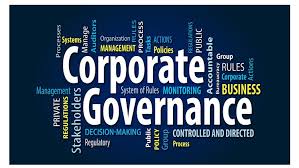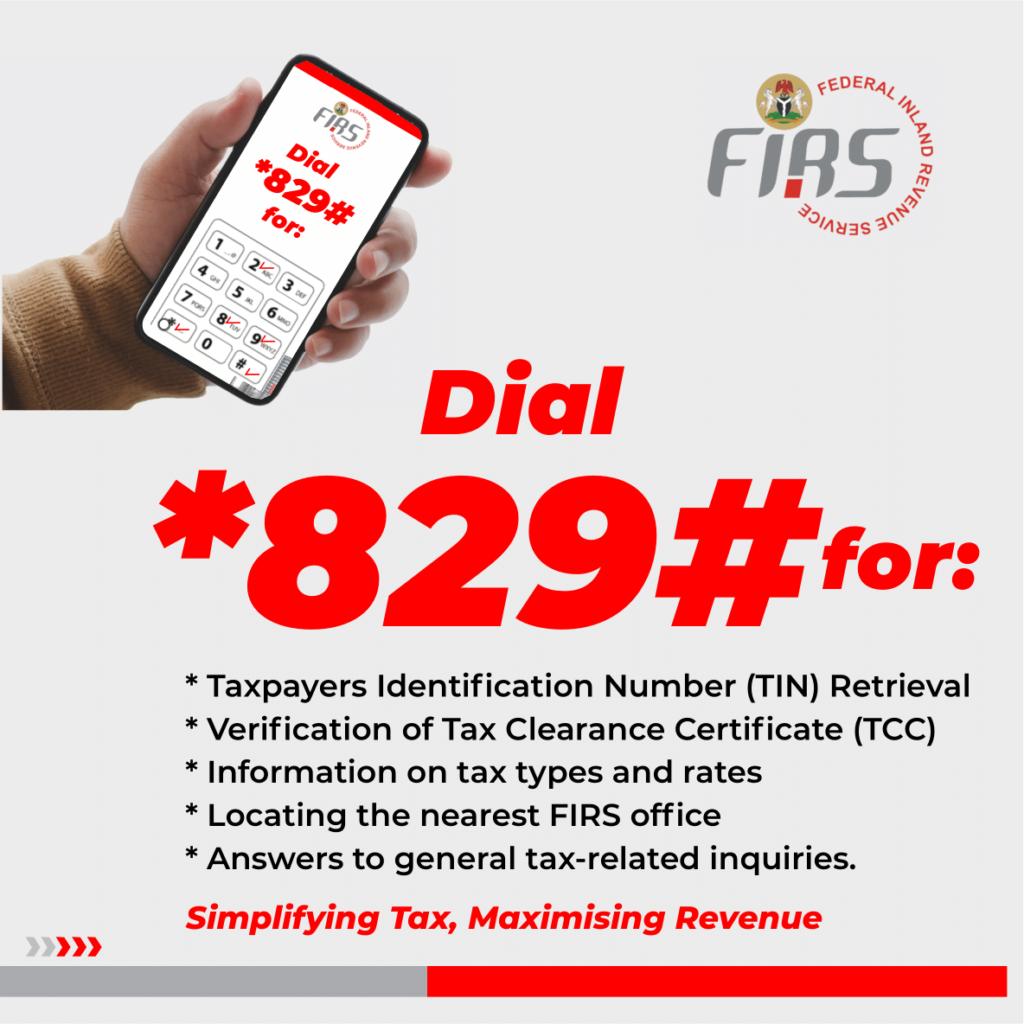Imagine corporate governance as the guiding star for a company’s ship. When this guiding light flickers, it’s like sailing into a storm. This system of rules, processes and practices directs and controls how things work, and is crucial for maintaining trust and confidence, as well as being the bedrock of effective enterprise risk management.
Governance can make or break an organisation, and the consequences of failure can be significant. Despite this many organisations operate under the illusion that their governance works. I’ve been around long enough to remember the shock of the Enron scandal when a once respected energy company filed for bankruptcy in 2001 – the largest bankruptcy in US history at the time. The company’s executives manipulated financial statements to hide massive debts and losses. Failure of oversight by the board and external auditors left this practice unchecked and led to the swift collapse of Arthur Andersen – then one of the world’s largest audit and consultancy practices.
In the following year, 2002, WorldCom, a telecommunications giant, experienced a catastrophic governance failure and filed for bankruptcy due to an accounting scandal involving billions of dollars in fraudulent earnings. Internal control failures and the board’s apparent inability to ask the right questions played a significant role and demonstrated the illusion of control provided by an ineffective audit committee.
More recently Volkswagen admitted cheating on emission tests for diesel vehicles. The company’s corporate governance structure allowed this behaviour to persist, highlighting the importance of ethical leadership, risk management, and a corporate culture that values integrity. Wells Fargo hit the headlines in 2016 when it was discovered that its employees had opened millions of fake accounts in customers’ names. The root of the debacle? Weak internal checks and the relentless pressure on staff to meet sales targets. It ended in an expensive disaster for the bank.
Boeing faced one of the most notable aviation crises of the century when two 737 MAX planes tragically crashed in 2019. The culprit was a faulty MCAS system, but behind that lay a corporate culture that prioritised profit over safety. Boeing’s reputation nosedived. Finally, remember that the Red Cross, a name we all trust, recently faced scrutiny for its handling of funds raised for disaster relief. Allegations of mismanagement and a lack of transparency rocked the organisation. Charitable sector governance flaws can shake donors’ trust and impact the very people they aim to help.
So why does this happen? There are several common themes about failures of governance oversight. These include missing red flags, group think, focusing on the wrong things, or even some version of wilful blindness. Misdeeds go unnoticed or ignored. Safety issues escape attention. Checks and balances fail. Wells Fargo’s aggressive sales targets and Boeing’s race to outdo the competition prioritised short-term results over sustainable performance. In many organisations, including some charities, the belief in the virtue of the people, organisation, or mission can create blind spots about risks and culture.
Failures in corporate governance have far-reaching consequences, including financial ruin, reputation damage, legal issues and erosion of stakeholder trust. These cases emphasise the need for a deep understanding of the key risks associated with ineffective governance, and focus on creating cultures based on transparency, accountability and ethical leadership.
VIEW: On Corporate Governance As An Organisation’s ‘Guiding Star’
Please login to join discussion









































